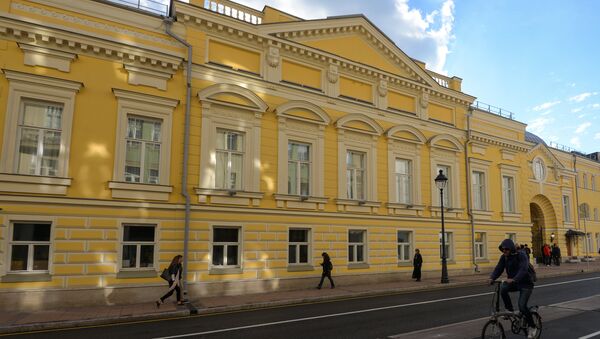The new material is made from an inexpensive clay raw material with zeolite additives, which is especially important in light of the depletion of high-quality clay reserves. The results of the research into the matter by Russian scientists have been published in the journal Construction and Building Materials.
Today, many high-quality clay deposits are being depleted. Often, low-grade, waterlogged, low-melting clays and loams are used to produce ceramic bricks; however, defects and cracks appear when drying semi-finished products from this raw material. Therefore, it is important to look for ways to create high-quality ceramics from low-grade mineral raw materials.
To solve this problem, it's necessary to learn to reduce clay moisture while it's of a plastic consistency and to create moisture-conducting paths while drying the product to form crack-resistant ceramic structures, professor Tatiana Vakalova and associate professor Inna Revva from TPU's Kizhner Research Centre, said.
"We have investigated the possibility of using zeolite rocks to obtain wall building ceramics. It turned out that the effectiveness of zeolite additives is determined by their dispersion, content in blend, clay raw material type, as well as the temperature conditions to prepare the additive. We learned that adding 10–30% of zeolite rock to mixtures with low-melting, highly sensitive to drying clay, or clay with high natural moisture content helps reduce their sensitivity to drying by 3.5–4 times without deteriorating clay adhesion", Tatiana Vakalova said.
According to the scientist, zeolite minerals have a crystalline three-dimensional structure with large cavities penetrating it in several directions, which determines the unique properties of zeolite rocks: pseudoplasticity and low sensitivity to drying.
The drying properties of clay raw materials are improved by transferring a portion of the free water introduced with watered down clay into a bound state by introducing it into the channel-porous space of zeolite minerals, providing a smoother drying for raw bricks. This allows the zeolite rock to be used as an additive to regulate the technological properties of clay rocks.
With these research results, TPU scientists have managed to develop new technology to obtain high-quality building ceramics.

